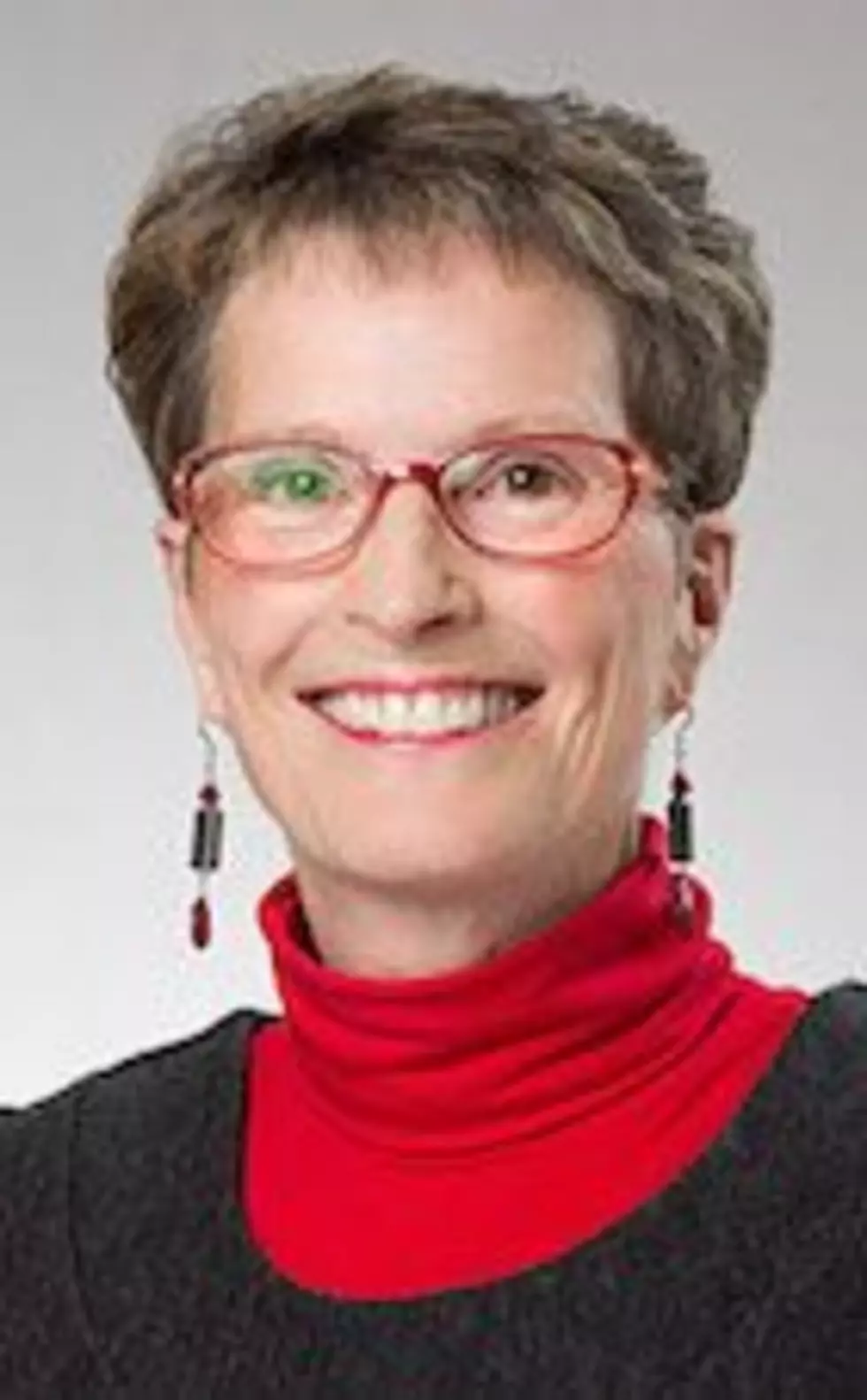
Mary Sheehy Moe: As school year begins, teachers need and deserve our support
Montana’s first public school opened in Virginia City 153 years ago. It wasn’t an anomaly. Throughout Montana in the years to come, whether a population clustered to farm, mine, log, and/or do business, it became a true community when it built a school.
There, the children learned and grew together. There, parents bonded through the friendships their children shared. There, community members of all ages and walks of life came when they could to bask in the warmth of community, watching the young people they were educating sing, orate, act, race, shoot hoops, and sometimes perform a miracle in the end zone.
Our kids. Our schools. Our community. Inextricably linked. But the metal – or the mettle – forming those links is wearing thin. Talented teachers are leaving the classroom and talented college students are choosing other professions.
Montana’s rural communities have been struggling to find the teachers they need to keep their schools open for years, but the state’s larger communities have been somewhat complacent about the teacher shortage, perhaps assuming that, with our larger populations, we’re safe.
We’re not. In this series, I’ve discussed some of the factors that are making teaching an undesirable profession nationwide and in Montana. There are many more, but I’ll close with the one closest to home.
I opened this series with the story of what has happened in Great Falls since 2008. Our voters have approved only two operational levies in that time. To compensate, we’ve cut 102 teaching positions, 4 librarians, and countless programs that made huge differences in kids’ lives.
Teachers who survived the cuts have shouldered all the burdens of teaching other Montana teachers face, with the added weight of overcrowded classrooms, heavier workloads, and the dread that they’ll be next. But the heaviest burden is that they no longer feel valued by the community they serve. It’s hard to have the value of what you do debated in your community again and again at levy time – and to lose the proposition. It’s harder when the old myths about teaching coalesce with the new “Mean Girls” ethics of social media.
So in the midst of a nationwide teaching shortage, Great Falls has an astonishing number of teachers who would leave but for the reverse indentured servitude of Montana’s teacher compensation practices. We have a disconcerting number of teachers who have left anyway. Others have simply lost heart. Most depressingly, some teachers don’t want another mill levy even though funding is desperately needed. Why?
“It’s embarrassing [to ask for support from] people who don’t like teachers,” one teacher commented. “It's a horrible feeling. I try to feel proud of my accomplishments – graduating from college and having a career in a field I love. I try to feel proud of the students I teach. Then we are ridiculed and told we make too much money when I live paycheck to paycheck and work multiple jobs all year long.”
She’s wrong, of course. Feeling unable to afford yet another tax increase, especially after approving a huge school facilities bond, does not equate to disliking teachers. Yes, levy requests were failing long before the facilities bond, but as the one general fund increase in government requiring voter approval, schools’ general operations levies have become the whipping boy for taxes in general. Yes, too often disagreements about priorities and affordability have devolved into the trashing of public employees, and that’s unfortunate.
We’ve got some work to do in Great Falls. But we’ll do it. Just like our more rural counterparts, we know the health of our schools is crucial to our community’s viability. For a damaging decade, we took that health for granted. We didn’t realize that what began as cutting carbs is now anorexia.
Through thick and thin, teaching offers two forms of compensation no other profession does. One is the knowledge that you’re forging that inextricable link that makes a community not just a community, but a proud, vibrant and thriving hometown. The other is the matchless satisfaction of “touching the future” by developing children’s potential.
Our state’s highest offices are held primarily by people who were once students in Montana public schools. Our universities’ buildings are emblazoned with their names. But even more fulfilling than these high-profile success stories are people like Elizabeth Hill, who spoke at the convocation for Great Falls teachers last month.
A North Carolina transplant with four children in our schools and community service in her veins, Hill is a community gem. She didn’t start out all that sparkly. She grew up in a family struggling with poverty, mental illness, and divorce. Statistics said she could expect the same.
“I’m here because people just like you saw me for who I could be, rather than where I came from,” she told the teachers. “You leaned in and lifted me up. You saw me. One of the greatest gifts we can give to those around us is to really, truly see them for their potential and their bravery … and to have hope for their future.”
It’s not enough to salute the potential and bravery of our teachers this week as they enter overcrowded classrooms full of the problems that manifest our problems, determined to really, truly see every child there. It’s not enough to have high hopes for teachers’ future when their present is under-compensated, overworked, misunderstood and occasionally maligned. But as all our communities begin another school year, it’s a good start.
This summer, Mary Sheehy Moe wrote in this space about the reasons we’re losing teachers in Great Falls and elsewhere. You can contact her by email at mary.sheehy.moe@gmail.com.
